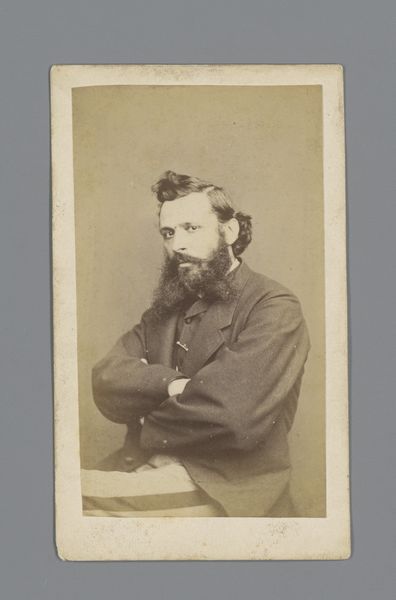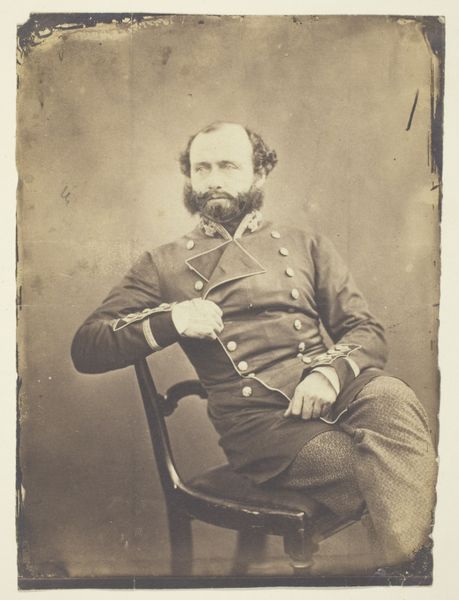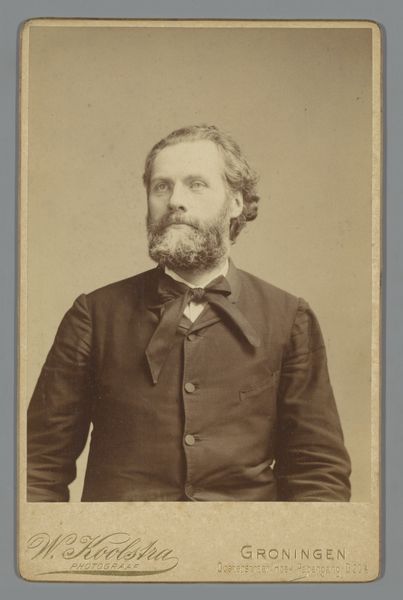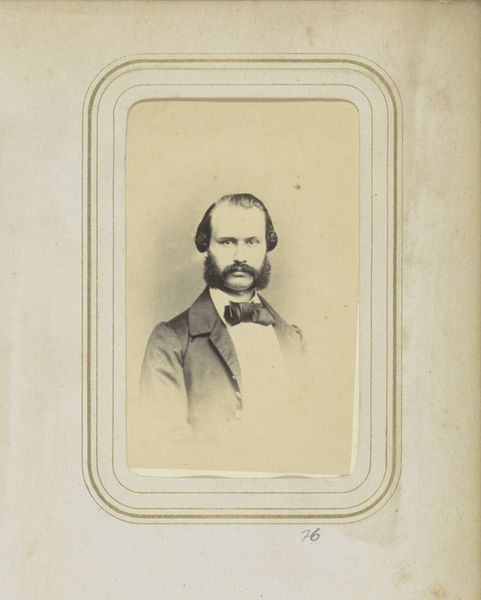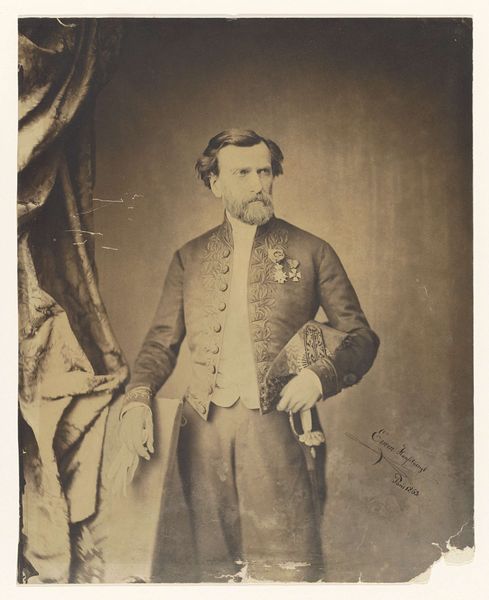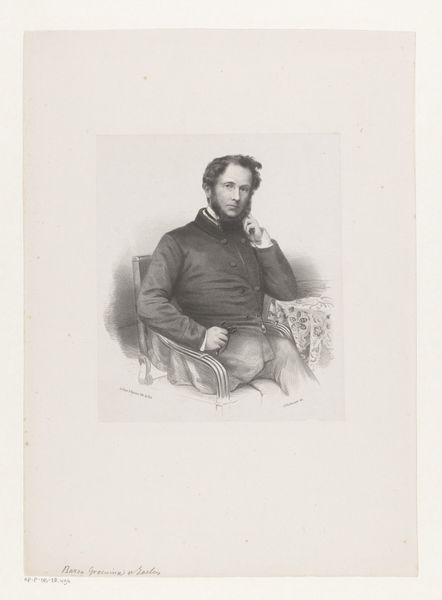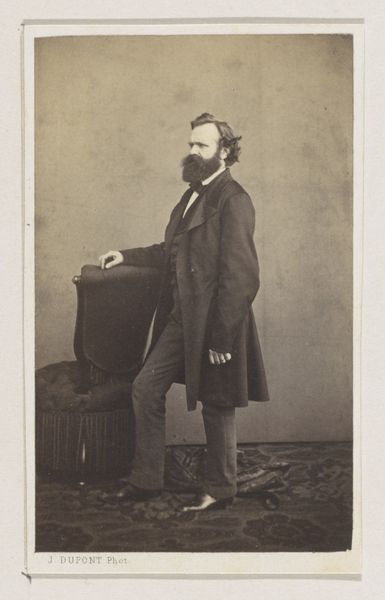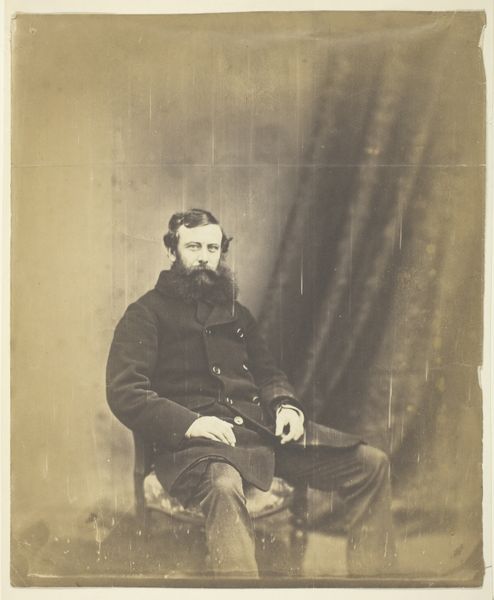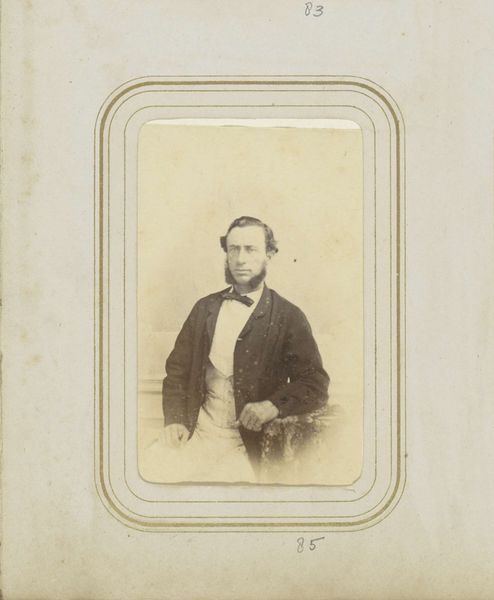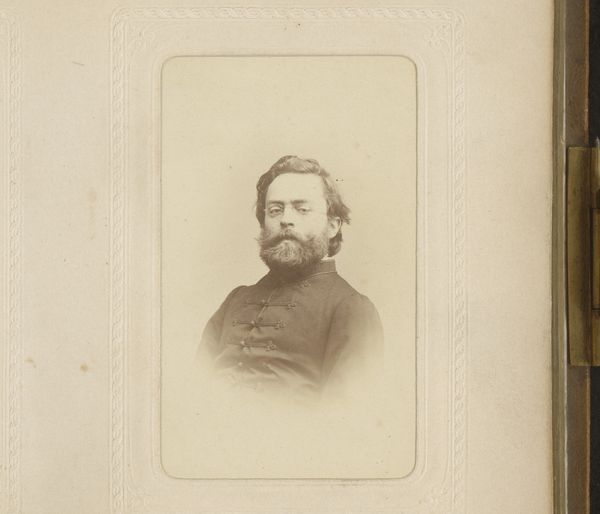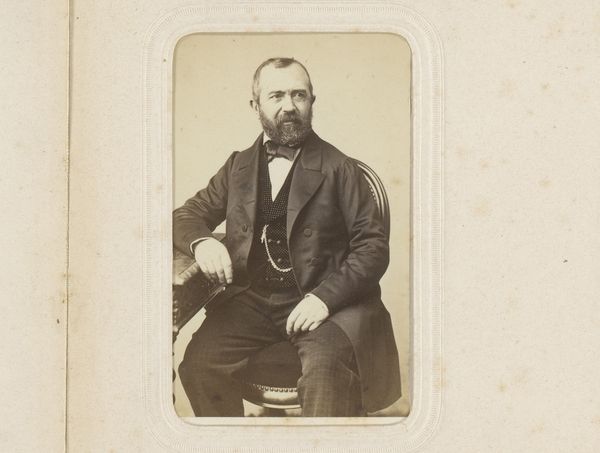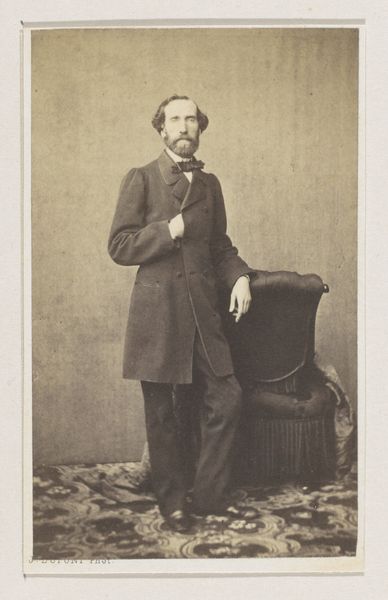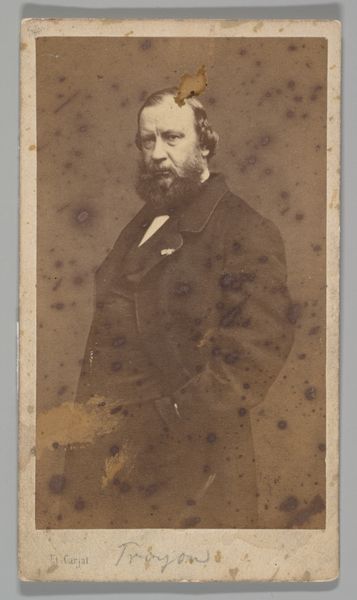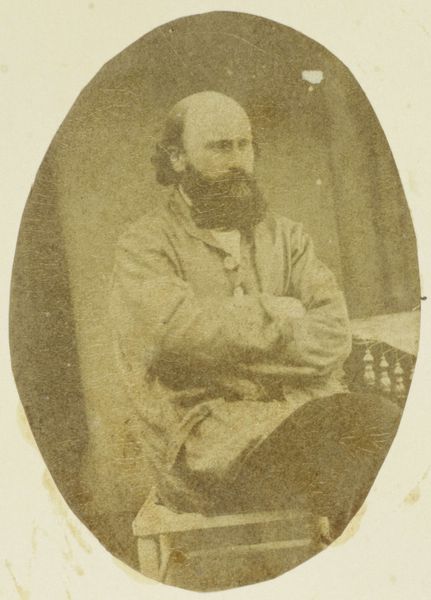
daguerreotype, photography
#
portrait
#
16_19th-century
#
daguerreotype
#
photography
Dimensions: height 205 mm, width 173 mm
Copyright: Rijks Museum: Open Domain
Editor: This is "Portret van een onbekende man met baard," created sometime between 1846 and 1860 by Alois Löcherer. It's a daguerreotype, which gives it such a unique silvery sheen. There's something haunting and beautiful about it. What stands out to you? Curator: Immediately, I'm drawn to the socio-economic implications of the daguerreotype process itself. Consider the labor and material extraction necessary for this seemingly simple portrait. The silver, the chemicals, the very act of sitting still for an extended period - these speak volumes about access and privilege in the mid-19th century. Do you see how the clothing, though plain, suggests a certain level of material comfort? Editor: Yes, you're right. It's not overtly opulent, but the quality seems evident. The lighting is so even. How was that achieved, and what does that choice suggest? Curator: The flat lighting reveals a democratizing aspect inherent in the early photographic process. While portraiture was previously reserved for the wealthy elite through painted canvases, the daguerreotype enabled a broader, though still limited, segment of society to participate in visual self-representation. It speaks to the changing landscape of consumption and representation. The glass plates are fragile yet mass-produced and helped shape a visual culture and, more importantly, changed class consciousness. Editor: That's fascinating! I hadn't thought about the democratizing element, or how industrial developments contributed. Curator: Indeed, it raises essential questions about art production and dissemination in the context of early industrial capitalism. Were you perhaps expecting a formal analysis of composition and aesthetics? Editor: Initially, but your focus has given me a new lens through which to appreciate not only this photograph, but all art. Thanks! Curator: And thank you. It’s rewarding to examine art beyond purely aesthetic criteria, unveiling deeper, material realities.
Comments
No comments
Be the first to comment and join the conversation on the ultimate creative platform.
